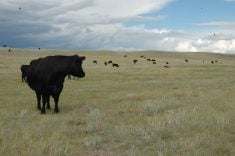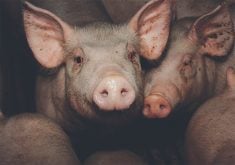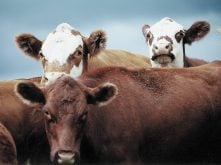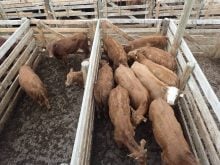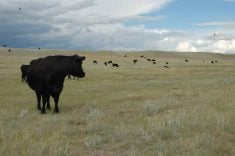BANFF, Alta. – When Kent Olson became president of the Alberta Cattle Feeders Association last year, the industry was entering a period of record losses, trade uncertainty, environmental pressures and internal politics.
“People are really wondering what next, but we’re tenacious and we’ll survive,” Olson said.
The issues that Olson faces are similar to those his father, Jack, had to deal with when he was president of the organization in the mid-1980s. The North American Free Trade Agreement was being hammered out, but American protectionism was criticized.
Read Also
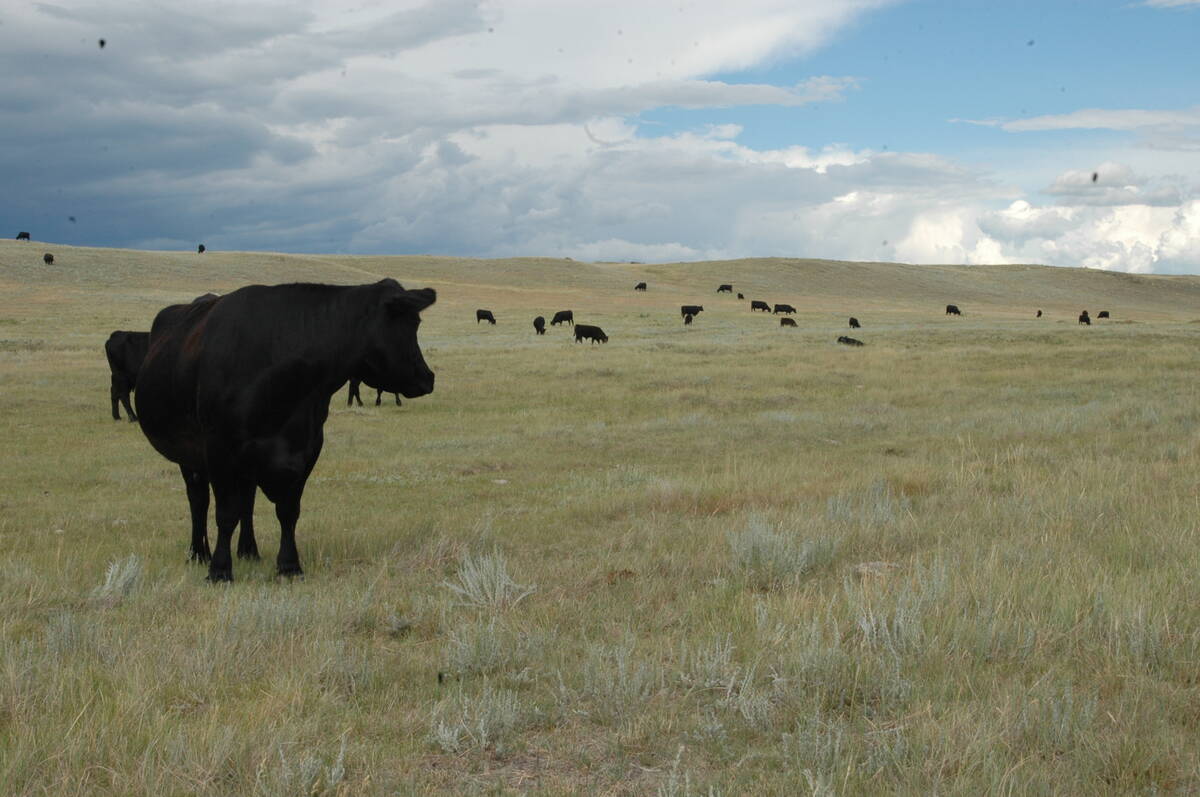
Saskatchewan Cattle Association struggles with lower marketings
This year’s change in the provincial checkoff has allowed the Saskatchewan Cattle Association to breathe a little easier when it comes to finances.
There were disputes with Europe over hormone implants and market access.
The Alberta feeding industry was developing rapidly, eventually becoming one of the top five feeding regions in North America.
Now a mature industry, feeders face environmental pressures and economic trials as they try to expand.
During the younger Olson’s term, the province wrote the agriculture operating practices act that was meant to streamline development approvals. Instead, the intensive livestock industry is frustrated with a process that is turning out to be lengthy and expensive.
The new process, which turns approvals over to Alberta’s Natural Resources Conservation Board, has not gone smoothly.
“Everybody was very optimistic that finally we had an independent third party that was going to come in and enforce the government regulations with an unbiased referee in the application process,” said Olson.
“We were hoping it would take some of the emotion out of the approval process.”
While the environmental debate continues, feeders must become certified under new on-farm food safety rules.
One feedlot is ready for certification and more will follow as members take the training and adopt proper record keeping and procedure documentation.
In addition to outside pressures, the industry has lived through nearly two years of record losses.



